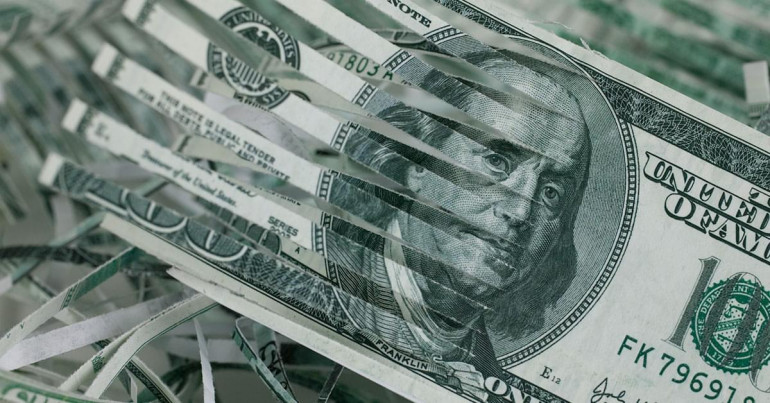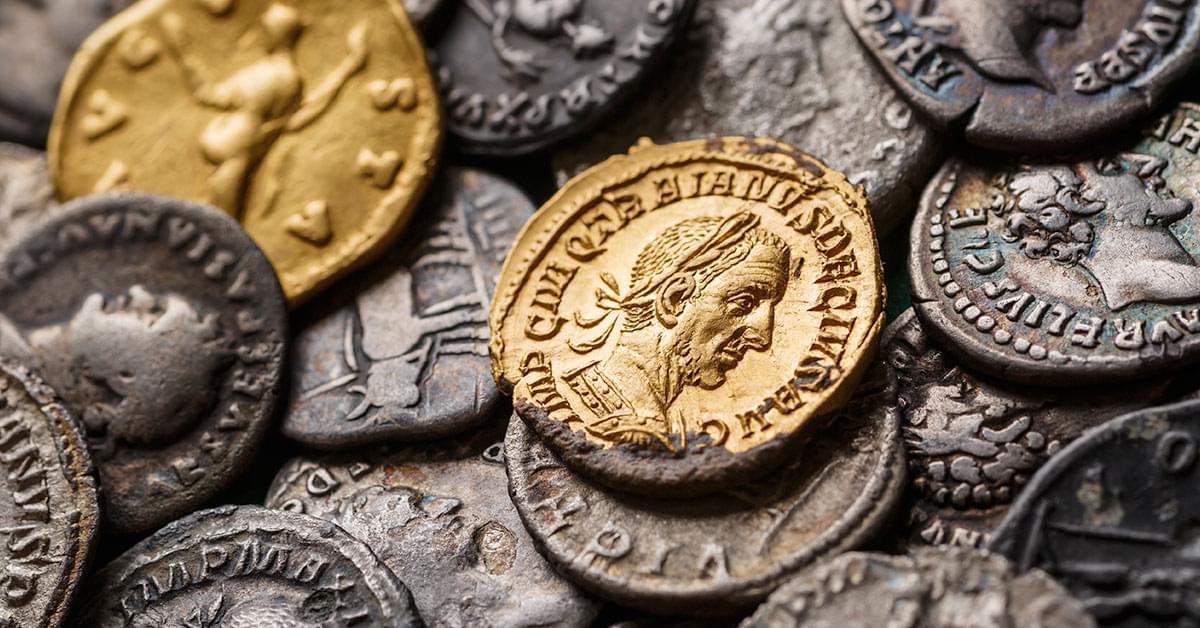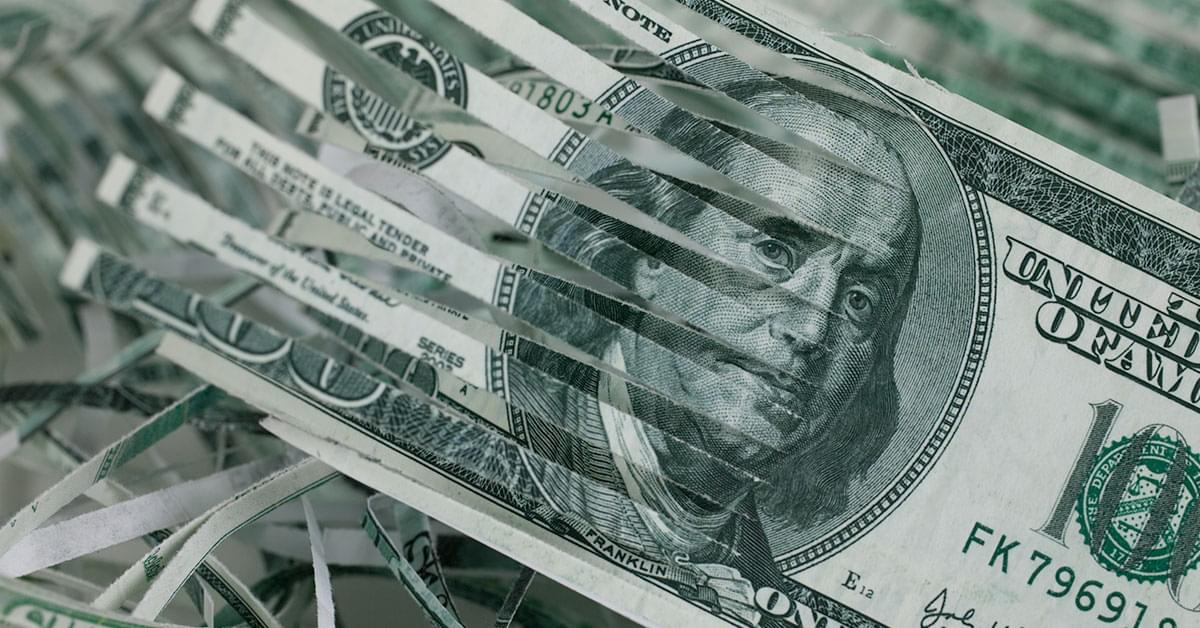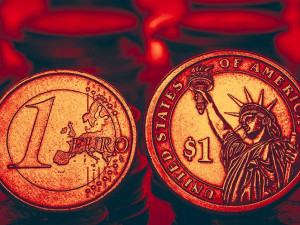
Printing money is an essential part of running an economy, and printing the right amount is a delicate balance. As money doesn’t last forever, and can also get destroyed or lost, new notes have to be printed frequently in order to keep the notes in circulation at a constant level.
There is also the economic process of quantitative easing, which produces more money in theory, but doesn’t involve literally printing more money, instead a process where banks purchase financial assets, and essentially increase the cash flow in the economy. Often people refer to quantitative easing as ‘printing money’.
We dive into the workings of printing physical currency and how it affects the economy, as well as central banks managing their cashflows.

When was the first currency created?
The first uses of currency are not certain, as currency use came before written history, but it has been theorised that people began to keep tallies on sticks and bones to mark debts. Many historians and economists have theorised that the Ishango Bone is one of the first examples of a currency debt system.
Some early economies began to use cowrie shells, salt and beads as forms of commodity money – goods that were valuable in themselves but common enough that they could be exchanged for all goods.
Coveted precious metals such as gold began to appear as minted coins around 650 BCE. From this point onwards as civilisations grew, it became a lot more important to have a regulated system of payments, so silver and gold coins became more frequent.
Paper currency was first used in China around the 7th century, disappearing and reappearing many times in different forms throughout the centuries, but it wasn’t until 1694 when the Bank of England introduced paper currency that it became a permanent form of money. It also marked a significant transition of power to a central bank, whereby the bank would have sole rights over issuing money on behalf of the head of state.
How is currency created?
Private banks began to proliferate in the UK, after the Bank of England’s development. Prior to the 19th century, these banks were free to issue their own unique notes. This could often produce unique systems in certain areas, such as this £2 note from 1814. The Bank of England, through a series of reforms to the economy, managed to achieve a monopoly of note issuing, to increase confidence and control of the economy as one entity.
According to the Bank of England, today in the UK, only 3-4% of all GBP is in the form of physical currency, the rest is now in digital transactions. Notes and coins in the UK are created in Debden, Essex by the British company De La Rue.
Different currencies are made from different materials, but in the UK, notes have been historically made from cotton. British coins are made from a combination of copper, nickel and bronze. The new notes in the UK are a more modern form of banknote made from polymer, which are designed to be more durable and harder to counterfeit.
The durability of the notes is important as it means the notes don’t need to be replaced as often, which means the Bank of England can maintain the currency supply more effectively. It was estimated that a cotton £5 note on average wouldn’t last longer than 18 months.

Controlling inflation & money supply
As physical currency naturally deteriorates, central banks will take in and destroy their own notes and replace them with new notes, to ensure that the currency is not wearing out. Money that has been issued but is then destroyed can be damaging to an economy, so it’s important that the ledger is kept accurate.
There is a myth that destroying or burning money in the UK is illegal (treason), but it is not – only illegal to deface the currency in an attempt to counterfeit. Destroying money is illegal in the US.
The Bank of England from 2022 to 2023 issued 12,115 new banknotes ‘unfit for use’ totalling £402,485, and at the same time destroyed 12,745 banknotes, totalling £494,650. At Christmas, people spend a lot more and tend to use more cash, so the rate of cash production and replacement needs to be adjusted.
The fact that only 3-4% of currency in the UK is in cash signifies that the majority of transactions, mainly bank transfers occur digitally, and no physical currency changes hands. However, physical currency still plays an important part of any economy. Without it, a large portion of the unbanked population would not be able to function.
Central banks have an obligation to keep inflation at optimal levels, which is often regarded to be around 2%. This involves keeping the about of notes in circulation at a constant level.
Maintaining monetary supply
Maintaining a monetary supply is one of the primary challenges for central banks. Money must be created for an economy to run (both physically and digitally), and for cash to flow. However, a central bank must be careful not to put too much money into the system.
As we covered in our article on quantitative easing, increasing the amount of money within the system can be beneficial in short amounts, but quickly become dangerous. Too much money being produced will increase inflation, and can also create asset bubbles. This is because with a ready supply of money, people are more willing to borrow and invest, which can lead to riskier economic behaviour.
This is why currencies have historically been pegged to the price of gold, or kept in fixed exchange rates pegged to other currencies, such as the US dollar. This way, a government is restrained from producing cash to pay for things, as they can only hold a limited amount of gold or foreign currency.
Most major currencies post Nixon Shock are now free floating, which means they are not pegged to anything. This means that financial regulation and monitoring inflation is more important than ever.
The future of cash
Cash may be declining in use in the UK, but the idea of cash dying out anytime soon is unlikely. Counter to popular belief, there is actually more cash in the UK economy than ever before, reaching around £81bn in circulation.
Physical currency still serves a purpose, even in areas that seem digitally savvy such as London. The development of CBDCs means that governments will have greater insight and regulation over their currencies.
Looking to transfer money? At CurrencyTransfer, we provide better-than-bank exchange rates for both business and personal transfers. We offer full transparency, access to various tools to check exchange rates, and personal guidance whenever you need it.
Caleb Hinton
Caleb is a writer specialising in financial copy. He has a background in copywriting, banking, digital wallets, and SEO – and enjoys writing in his spare time too, as well as language learning, chess and investing.



